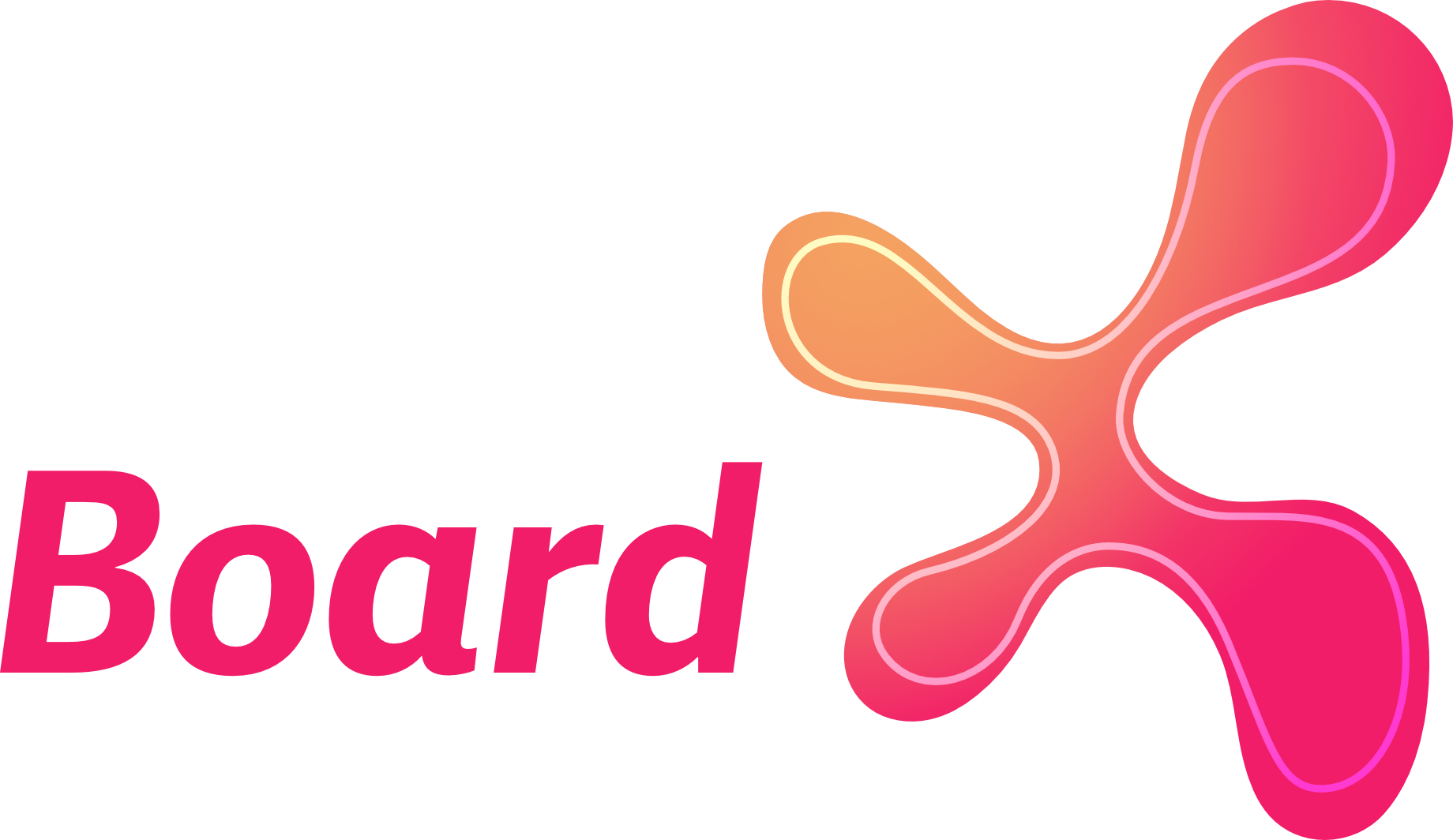Mind Mapping - Organize and visually represent ideas.
Mind Mapping - Organize and Visually Represent Ideas
Mind mapping is a powerful technique for organizing and visually representing ideas. It helps to structure information, identify relationships between concepts, and stimulate creative thinking.
Step 1: Define the Central Topic
Start by clearly defining the central topic or main idea for your mind map.
- Central Topic: Choose a clear and concise main idea or theme.
- Example: "Improving Team Collaboration"
- Purpose: Determine the purpose of the mind map.
- Example: To explore ways to enhance collaboration within the team.
Step 2: Gather Materials and Tools
Prepare the materials and tools you will need to create your mind map.
- Materials: Use paper and markers or digital tools for creating mind maps.
- Digital Tools: Consider using software like MindMeister, XMind, or Microsoft Visio for digital mind mapping.
Step 3: Create the Central Node
Place the central topic in the center of your mind map.
- Central Node: Write the central topic in the middle of the page or screen.
- Example: "Improving Team Collaboration"
- Visuals: Use a distinctive shape, color, or image to make the central node stand out.
Step 4: Add Main Branches
Identify and add the main branches or subtopics related to the central topic.
- Subtopics: Determine the primary categories or key ideas that relate to the central topic.
- Example: Communication, Tools, Processes, Culture
- Branches: Draw lines extending from the central node to each subtopic.
- Example: Create branches labeled "Communication," "Tools," "Processes," and "Culture."
Step 5: Expand with Secondary Branches
Add secondary branches to further elaborate on each main subtopic.
- Detailed Ideas: Identify and add more specific ideas, details, or components related to each subtopic.
- Example for Communication: Regular Meetings, Clear Roles, Feedback Channels
- Example for Tools: Collaboration Software, Project Management Tools, Communication Platforms
- Connections: Draw lines from the main branches to the secondary branches.
- Example: Extend lines from "Communication" to "Regular Meetings," "Clear Roles," and "Feedback Channels."
Step 6: Organize and Refine the Mind Map
Review and organize the mind map to ensure clarity and coherence.
- Grouping: Group related ideas together and ensure logical flow.
- Hierarchy: Use visual cues like colors, shapes, and sizes to indicate the hierarchy and relationships between ideas.
- Clarity: Simplify and refine the mind map to make it easy to understand and visually appealing.
Step 7: Use the Mind Map for Analysis and Action
Utilize the mind map to analyze information, generate insights, and plan actions.
- Analysis: Identify patterns, gaps, and connections that emerge from the mind map.
- Example: Realize that improving communication tools could significantly enhance team collaboration.
- Action Plan: Develop an action plan based on the insights gained from the mind map.
- Example: Implement regular team meetings, adopt a new project management tool, and establish clear communication channels.
Example Mind Map: Improving Team Collaboration
Central Topic
- Central Node: "Improving Team Collaboration"
Main Branches
- Communication
- Regular Meetings
- Clear Roles
- Feedback Channels
- Tools
- Collaboration Software
- Project Management Tools
- Communication Platforms
- Processes
- Workflow Standardization
- Task Assignment
- Performance Monitoring
- Culture
- Team Building Activities
- Trust and Respect
- Inclusivity and Diversity
Expanded Mind Map
- Communication
- Regular Meetings
- Weekly Stand-ups
- Monthly Reviews
- Clear Roles
- Defined Responsibilities
- Role Clarity
- Feedback Channels
- Anonymous Feedback
- One-on-One Meetings
- Regular Meetings
- Tools
- Collaboration Software
- Slack
- Microsoft Teams
- Project Management Tools
- Trello
- Asana
- Communication Platforms
- Zoom
- Google Meet
- Collaboration Software
- Processes
- Workflow Standardization
- Standard Operating Procedures (SOPs)
- Checklists
- Task Assignment
- Clear Task Allocation
- Use of Kanban Boards
- Performance Monitoring
- Key Performance Indicators (KPIs)
- Regular Evaluations
- Workflow Standardization
- Culture
- Team Building Activities
- Offsite Retreats
- Team Lunches
- Trust and Respect
- Open Communication
- Recognition Programs
- Inclusivity and Diversity
- Diverse Hiring Practices
- Cultural Sensitivity Training
- Team Building Activities
Using the Mind Map
Analysis
- Identify Gaps: Notice that there are no specific strategies for remote teams under "Communication."
- Connections: See that implementing "Regular Meetings" is linked to both "Communication" and "Processes."
Action Plan
- Action Items:
- Schedule weekly stand-up meetings.
- Adopt Slack for team communication.
- Develop SOPs for workflow standardization.
- Plan a team-building retreat.
- Timeline:
- Implement Slack and schedule stand-ups within the next month.
- Develop SOPs and plan the retreat within the next quarter.
- Responsibilities:
- Assign team leads to oversee the implementation of new tools and processes.
- Designate an HR representative to plan team-building activities.
By following these steps to create and utilize a mind map, you can effectively organize and visually represent ideas, facilitating better understanding, analysis, and action planning.


Comments ()